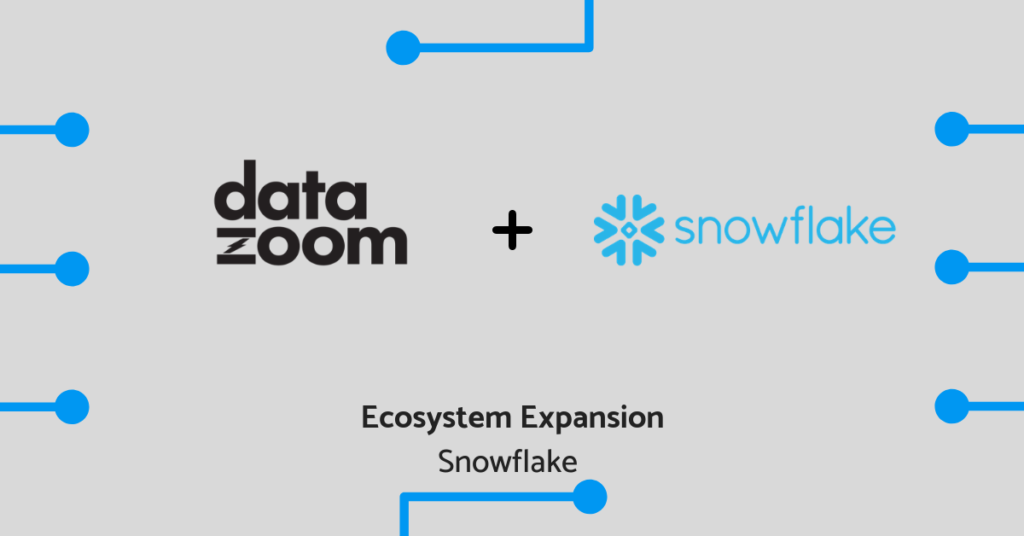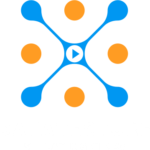What “real-time” means to Datazoom
The purpose of this article provides a standard for defining “real-time” and the reasons why detailed “real-time” user Quality of Experience data is important for streaming media content providers. Datazoom provides a mechanism to capture detailed QoE data in sub-second real-time. We build our technology to get your team detailed data ‘zooming fast.
For example, some leading analytics claim to provide a “real-time” dashboard view, but your ability to drill down to specifics is limited by their data processing capabilities. Sometimes as much as 30-minutes of delay exists between data collection and your ability to review metric details.
We just lost 50% of our viewers! Why?!”
Startup time just spiked from an average of 2 sec to 12 sec… sustained for the last 2 minutes. All platforms? All apps? Which CDN? Which ISP?”
Authentication latency for MVPD X went up and stayed up. Our users can’t log in!”
Getting detailed, real-time KPI data into the hands of an analyst is important only if it’s actionable.
Let’s review some actions a hypothetical Datazoom customer, RadarVid, could take with real-time granular data.
Use case 1: Operations is receiving alerts that indicates an SLA impacting event
Say RadarVid, has an SLA with a CDN vendor which guarantees X percentage of availability. Actionable data, in this case, causes RadarVid to contact the CDN vendor.
RadarVid uses Datazoom collected real-time data fed into their analytics tool(s) to:
- Determine if any load-balancing/auto/manual failover service has mitigated the impact on users.
- Inform their customer care team of the problem. Providing customer care with details related to platform/app version/region/ISP/Affiliate etc. is a bonus.
- Inform their ad sales team of potential revenue impact.
- Calculate costs against vendor SLA for that calendar month.
Use case 2: Customer care is getting problem reports with their Direct-to-Consumer product.
“I paid to watch this show/event and I can’t. I want a refund!” Hell hath no fury like a disappointed subscription audience.
There can be any number of reasons for this. In this case, RadarVid’s customer care team would have access to that user’s session data which may include things like available bandwidth, device connection type, application version, ISP and so on. All of this information can help guide the customer care representative on taking a specific course of action.
RadarVid uses Datazoom collected real-time data fed into their analytics tool to:
- View relevant data about the problem the subscriber reported
- Track similar problem reports to develop trends related to app version/platform/region/CDN/ISP
- Use data to inform a course of action
Use case 3: Ad Operations is alerted about a decrease in fill rates during a predicted high traffic event.
With Datazoom, RadarVid’s ad operations team can see real-time data that includes ad creative metrics.
RadarVid uses Datazoom collected real-time data fed into their analytics tool to:
- Determine if an ad decisioning partner system is suspect
- Determine if the ad insertion system is suspect.
- Determine if the ad creative is suspect. Confirm that internal teams have properly configured campaigns.
Use case 4: Synchronous data
Leveraging the real-time capability of Datazoom Data Pipes, RadarVid can ensure that disparate data is time-aligned with client viewing experience data. A time data point captured by Datazoom can allow to specifically display other time indexed data that aligns with the time as represented in a live video stream.
RadarVid uses Datazoom collected real-time data fed into their analytics tool to:
- Establish the time of the currently viewed video frame versus the reference and react accordingly.
Use case 5: Add new data points
Using the Datazoom Data Pipes configuration tool, a customer can react to platform-specific changes to the types of data points that become available.
RadarVid uses Datazoom collected real-time data fed into their analytics tool(s) to:
- Add a newly available platform data point without an often lengthy application update development cycle.
- Once the data point is added to the configuration, customers can immediately begin to collect data on that metric.
Now is the time to be data-driven with your video strategy — Click here to get started!





